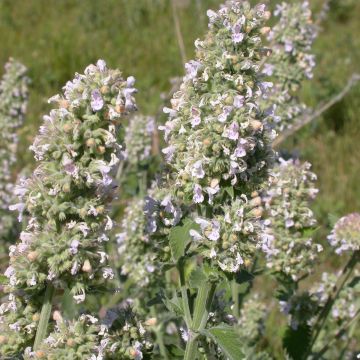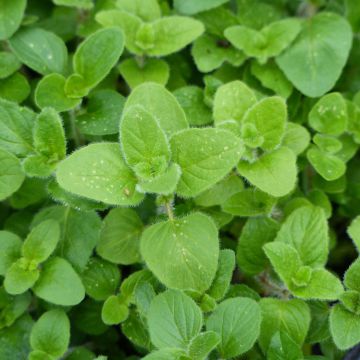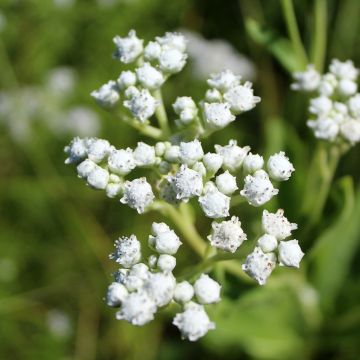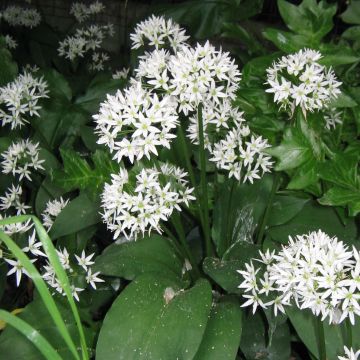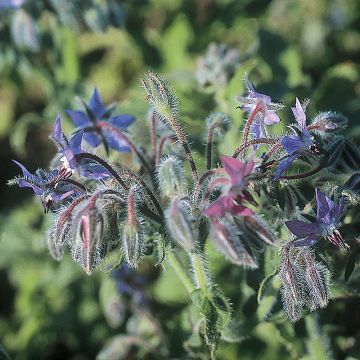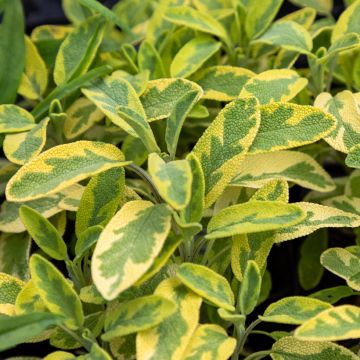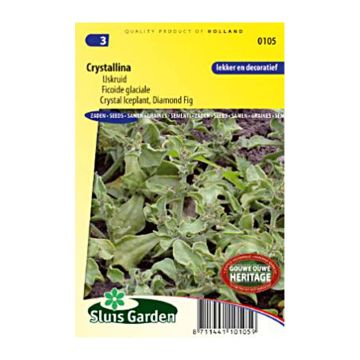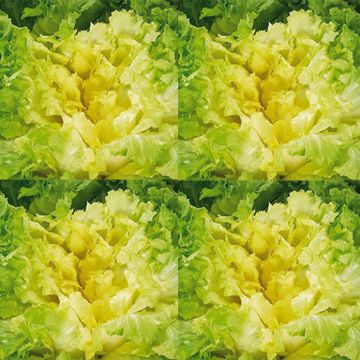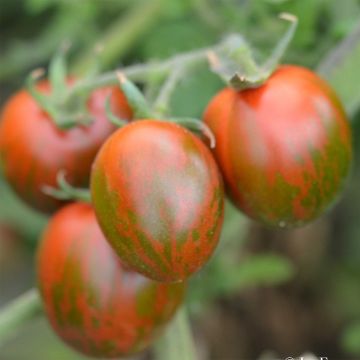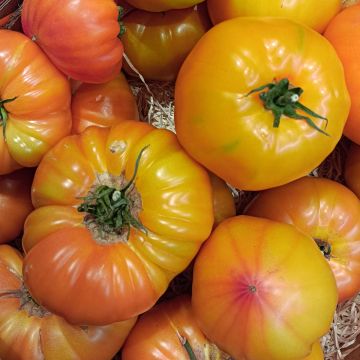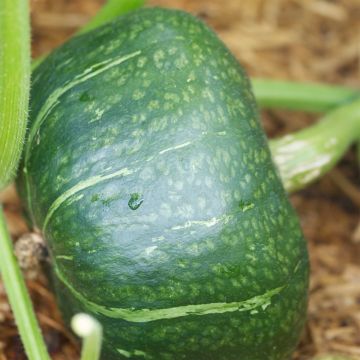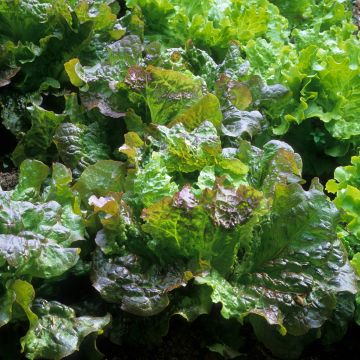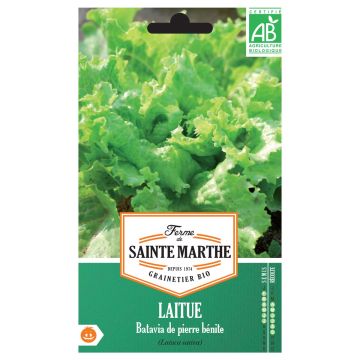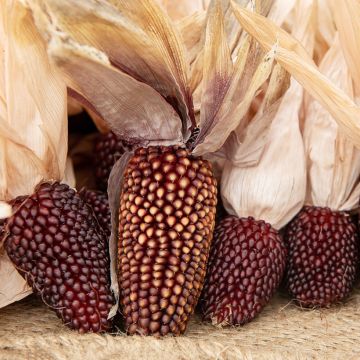

Paederia lanuginosa - Plante fromage
Paederia lanuginosa
Paederia lanuginosa
Skunk vine
Very nice well-developed plant, I haven't found its place yet????
Odile, 04/07/2022
Special offer!
Receive a €20 voucher for any order over €90 (excluding delivery costs, credit notes, and plastic-free options)!
1- Add your favorite plants to your cart.
2- Once you have reached €90, confirm your order (you can even choose the delivery date!).
3- As soon as your order is shipped, you will receive an email containing your voucher code, valid for 3 months (90 days).
Your voucher is unique and can only be used once, for any order with a minimum value of €20, excluding delivery costs.
Can be combined with other current offers, non-divisible and non-refundable.
Home or relay delivery (depending on size and destination)
Schedule delivery date,
and select date in basket
This plant carries a 6 months recovery warranty
More information
We guarantee the quality of our plants for a full growing cycle, and will replace at our expense any plant that fails to recover under normal climatic and planting conditions.

Description
The Cheese Plant, with its unpronounceable Latin names Paederia lanuginosa or Hondbesseion lanuginosum, is an unusual Vietnamese climbing plant that is very popular among advocates of a 100% plant-based diet. Completely edible, its young leaves, which taste like Camembert, are mainly consumed raw or cooked, to flavor cuisine. Its velvety foliage, rust-colored with green veins, is both flavorful and charming, as are its clusters of curious, hairy little bells that bloom in summer. Plant it in a warm, sheltered, sunny location with moist soil. Its root system can withstand temperatures down to -8/-10°C (17.6/14°F) in the ground, under a thick layer of mulch. In colder climates, it can be easily grown in a pot and overwintered in a cold greenhouse or a minimally heated conservatory.
Paederia lanuginosa is native to open forests in China (Yunnan), Thailand, and Vietnam. In Asia, this vine, locally known as Mo Long, has long been used for its digestive medicinal properties. It belongs to the large Rubiaceae family and is a cousin of the coffee plant, bedstraw, and woodruff. While not demanding in terms of soil type, the cheese plant prefers fertile and fresh soil. In its natural habitat, under a subtropical to tropical climate, its stems can reach a length of 12 meters (39 feet). In our latitudes, its dimensions will remain more modest, especially if it is grown in a pot, pruned, or cut back by frost each winter.
The hairy, velvety stems of Paederia are a violet-brown color. They are voluble and twine around available supports (stakes, shrubs). Without support, they can also creep along the ground or spill over pots. The plant reaches an average height of 1.50 meters (5 feet) or a spread of 60 cm (24in), depending on growing conditions. It tolerates pruning well, which helps control its growth. Its foliage consists of oval, hairy leaves measuring 8 to 20 cm (3 to 8in) in length and 4.5 to 15 cm (2 to 6in) in width, arranged opposite each other on the stems. The lamina, marked by prominent veins, is green tinged with rust when young. Mature leaves are dark green with a purple underside. It blooms in summer, from June to September-October depending on growing conditions and climate. The inflorescences emerge in the axils of the leaves on the main stems or at the ends of secondary stems. They are small panicles of bell-shaped flowers measuring approximately 1.5 to 2 cm (1in) in length. The corolla combines various colors: pale green, dull white, pink, reddish-purple, or dark purple. After pollination by insects, oblong to elliptical fruits form, laterally flattened and measuring about 1 cm (0in) in length. They turn brown when ripe, and their small winged seeds are dispersed by the wind. The cheese-like aroma is due to the presence of a sulphur compound in the plant's tissues, which also aids digestion.
Harvesting: Pick as needed, when the leaves are young, from spring until frost or all year round if your cheese plant is protected from freezing temperatures. Harvest leaf by leaf, by hand or with a knife. The leaves of Paederia can be consumed raw, cooked, or dried.
Usage: The cheese plant is widely used in traditional Vietnamese cuisine, where it flavors soups and rice. Raw leaves can be chopped and added to toasted and buttered bread, scrambled eggs, pasta, tofu, or yogurt. You can also make a simple Vietnamese omelette by beating eggs with sliced leaves and onions. Young leaves can be used to make pesto. While the unique aroma of this plant can replace the flavor of cheese in everyday recipes, it will never provide the creamy texture of melted cheese to your dishes!
Gardening tip: To reduce the need for watering, we recommend mulching the soil with thin, successive layers of grass clippings mixed with dead leaves, if possible. This protective layer keeps the soil moist and fertile while also reducing the need for weeding.
Report an error about the product description
Harvest
Plant habit
Foliage
Other Herbs A to Z
View all →Planting and care
Paederia lanuginosa appreciates fresh, light, and rich soils. It thrives in any good garden soil enriched with leaf compost and well decomposed compost. Choose a sunny or semi-shaded location, sheltered from strong and cold winds. Planting is preferably done in spring (from March to May), but can be done all year round for plants grown in pots.
In the ground: If necessary, add compost a few months before planting by scratching the soil to a depth of 5 cm (2in) after loosening it. The plants should be spaced 1m (3ft) apart. Dig a hole (3 times the volume of the root ball), place the root ball in it, and cover with fine soil. Pack down and water to keep the soil moist.
Regularly weed and hoe, especially at the beginning of cultivation. Water and mulch in case of high temperatures or drought. In early spring, add compost on the surface.
In a pot: Place a layer of gravel at the bottom of the pot (minimum diameter of 30 cm (12in)) to facilitate drainage. Fill it with a mixture of potting soil and compost. Place the root ball, cover with soil, and pack down well.
Water regularly. Repot every year. Protect your plant from frost by placing it in a lightly heated veranda or greenhouse with bright exposure. Reduce watering slightly without letting the soil completely dry out.
Pruning: Paederia tolerates pruning well, which helps to limit its size when storing it in winter.
Cultivation
Care
Intended location
-
, onOrder confirmed
Reply from on Promesse de fleurs
Similar products
Haven't found what you were looking for?
Hardiness is the lowest winter temperature a plant can endure without suffering serious damage or even dying. However, hardiness is affected by location (a sheltered area, such as a patio), protection (winter cover) and soil type (hardiness is improved by well-drained soil).

Photo Sharing Terms & Conditions
In order to encourage gardeners to interact and share their experiences, Promesse de fleurs offers various media enabling content to be uploaded onto its Site - in particular via the ‘Photo sharing’ module.
The User agrees to refrain from:
- Posting any content that is illegal, prejudicial, insulting, racist, inciteful to hatred, revisionist, contrary to public decency, that infringes on privacy or on the privacy rights of third parties, in particular the publicity rights of persons and goods, intellectual property rights, or the right to privacy.
- Submitting content on behalf of a third party;
- Impersonate the identity of a third party and/or publish any personal information about a third party;
In general, the User undertakes to refrain from any unethical behaviour.
All Content (in particular text, comments, files, images, photos, videos, creative works, etc.), which may be subject to property or intellectual property rights, image or other private rights, shall remain the property of the User, subject to the limited rights granted by the terms of the licence granted by Promesse de fleurs as stated below. Users are at liberty to publish or not to publish such Content on the Site, notably via the ‘Photo Sharing’ facility, and accept that this Content shall be made public and freely accessible, notably on the Internet.
Users further acknowledge, undertake to have ,and guarantee that they hold all necessary rights and permissions to publish such material on the Site, in particular with regard to the legislation in force pertaining to any privacy, property, intellectual property, image, or contractual rights, or rights of any other nature. By publishing such Content on the Site, Users acknowledge accepting full liability as publishers of the Content within the meaning of the law, and grant Promesse de fleurs, free of charge, an inclusive, worldwide licence for the said Content for the entire duration of its publication, including all reproduction, representation, up/downloading, displaying, performing, transmission, and storage rights.
Users also grant permission for their name to be linked to the Content and accept that this link may not always be made available.
By engaging in posting material, Users consent to their Content becoming automatically accessible on the Internet, in particular on other sites and/or blogs and/or web pages of the Promesse de fleurs site, including in particular social pages and the Promesse de fleurs catalogue.
Users may secure the removal of entrusted content free of charge by issuing a simple request via our contact form.
The flowering period indicated on our website applies to countries and regions located in USDA zone 8 (France, the United Kingdom, Ireland, the Netherlands, etc.)
It will vary according to where you live:
- In zones 9 to 10 (Italy, Spain, Greece, etc.), flowering will occur about 2 to 4 weeks earlier.
- In zones 6 to 7 (Germany, Poland, Slovenia, and lower mountainous regions), flowering will be delayed by 2 to 3 weeks.
- In zone 5 (Central Europe, Scandinavia), blooming will be delayed by 3 to 5 weeks.
In temperate climates, pruning of spring-flowering shrubs (forsythia, spireas, etc.) should be done just after flowering.
Pruning of summer-flowering shrubs (Indian Lilac, Perovskia, etc.) can be done in winter or spring.
In cold regions as well as with frost-sensitive plants, avoid pruning too early when severe frosts may still occur.
The planting period indicated on our website applies to countries and regions located in USDA zone 8 (France, United Kingdom, Ireland, Netherlands).
It will vary according to where you live:
- In Mediterranean zones (Marseille, Madrid, Milan, etc.), autumn and winter are the best planting periods.
- In continental zones (Strasbourg, Munich, Vienna, etc.), delay planting by 2 to 3 weeks in spring and bring it forward by 2 to 4 weeks in autumn.
- In mountainous regions (the Alps, Pyrenees, Carpathians, etc.), it is best to plant in late spring (May-June) or late summer (August-September).
The harvesting period indicated on our website applies to countries and regions in USDA zone 8 (France, England, Ireland, the Netherlands).
In colder areas (Scandinavia, Poland, Austria...) fruit and vegetable harvests are likely to be delayed by 3-4 weeks.
In warmer areas (Italy, Spain, Greece, etc.), harvesting will probably take place earlier, depending on weather conditions.
The sowing periods indicated on our website apply to countries and regions within USDA Zone 8 (France, UK, Ireland, Netherlands).
In colder areas (Scandinavia, Poland, Austria...), delay any outdoor sowing by 3-4 weeks, or sow under glass.
In warmer climes (Italy, Spain, Greece, etc.), bring outdoor sowing forward by a few weeks.






























